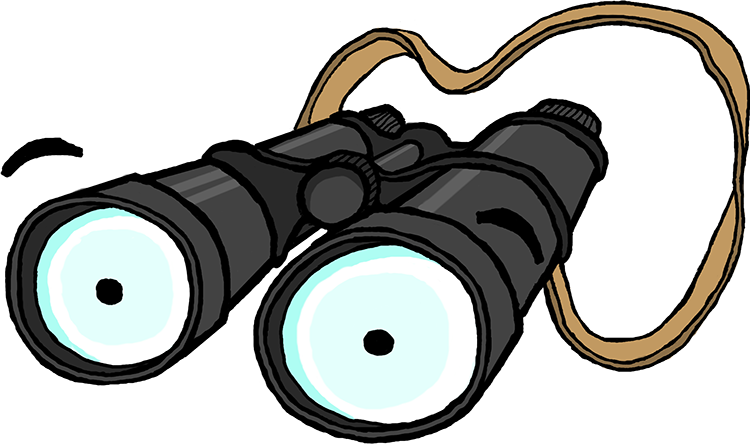Bayeux Tapestry
The most famous depiction of the Battle of Hastings is the Bayeux Tapestry. A hugely impressive and unique piece of artwork which tells a lot of the story of the conflict, from when Harold visited Normandy in 1064, to when William defeated Harold and the English Army retreated.
The embroidery is approximately 70 metres (230 feet) long and 50 centimetres (20 inches) deep and is currently displayed in the Musée de la Tapisserie de Bayeux at Bayeux in Normandy.
A lot of people - although not everyone - believe the Tapestry was made in England to be transferred to Normandy. The English had an excellent reputation for embroidery. It shows us a lot about the horrors of war as well as trying to show why God had favoured William. Do remember that everyone in the eleventh century was supposed to believe in the Christian God!
The Tapestry tells the story of the battle and was created reveal this story to people who could not read. Little is known about the creation of the Tapestry, but it has been estimated to have been created in the 1070s by William’s half-brother, Bishop Odo of Bayeux. The Tapestry is split into 13 sections and then again into scenes, with each part telling its own stories – of the people, the battles and the victory of William the Conqueror.
The original Tapestry features as many as 620 human figures, 33 buildings, 37 ships and 37 trees or groups and trees, with 57 Latin inscriptions. And lots of animals! See here for the involvement of animals in the Battle of Hastings
The Tapestry it depicts many personal stories – perhaps of people who you would not have expected to be involved with the Battle of Hastings, in particular women and children. There are three women and one child portrayed in the Bayeux Tapestry. See young people to see more about the story of the child from the Bayeux Tapestry.

